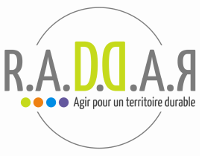A well-planned agenda for a board meeting sets the tone and ensures that the meeting achieves its goals. It provides a logical flow and allows room for discussion of new ideas. By sticking to the agenda items, you will prevent off-topic discussions and ensure that all relevant topics are given the proper time. The order in which the agenda items also reflects the importance each topic plays for the success of the organization.
The board meeting should begin by talking about the most challenging items first. This approach helps the board feel more energized and keeps their minds sharp and makes them feel more well-prepared to tackle other topics.
In this you can find out more Tools for Document Management Mastery section key department and committee leaders share pertinent updates and reports. Typically the executive director will present the first report. Then, follow by any relevant committee reports. These reports provide the board with a a holistic view of the organization and help them ensure that their decisions are in line in line with their strategic goals.
Board members bring surprising insights to discussions. Leaving these unexplored could result in wasted opportunities and poor decision-making. On the agenda is this open floor session promotes discussion and accommodates diverse perspectives that will result in well-rounded results.
Consider allocating a certain amount of time to each agenda item, based on the size of your board. This will limit lengthy discussions and informs you if there’s a need to delay or move the issue to another committee. This is particularly helpful for time-sensitive issues that require the quick resolution.
